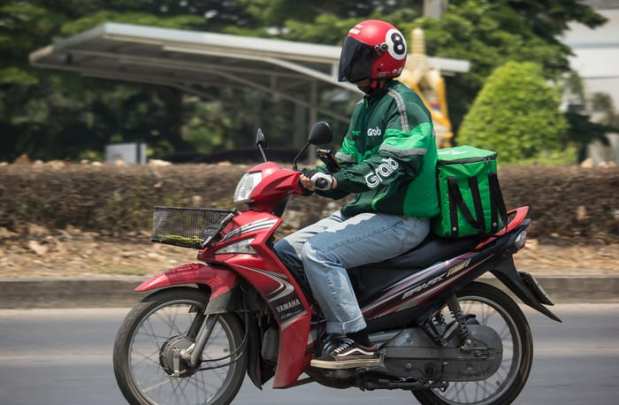Grab CEO: Diversification, Liquidity Will Drive Business Survival

The chief executive officer for Singapore’s ride-hailing unicorn Grab said business is off, but the platform’s diversified services and liquidity will help drive it through the pandemic storm.
“We are fortunate to have ample liquidity to tide us through, whether it’s a 12-month recession or 36-month recession,” Grab CEO Anthony Tan told CNBC in a Wednesday (April 15) report.
He said that Grab’s diversified approach — food and grocery delivery, ride-hailing, payments — has helped it adjust to the new normal during the coronavirus pandemic by scaling services according to demand.
“In some countries, our transport GMV is down by double-digit percentage,” Tan said.
Gross Merchandise Volume, or GMV, is a key performance indicator (KPI) for most eCommerce firms. It measures sales volume over a specified period of time.
“Looking ahead, though, I know that transport is a mass-market essential service, so we anticipate it will recover strongly once people start commuting again post lockdown,” he said.
The eight countries in Asia and 339 cities where Grab operates are all mandating social distancing and stay-at-home measures, which has negatively affected the demand for rides as well as drivers’ income.
Some workers came down with COVID-19, which further reduced their ability to make a living. Grab set aside almost $40 million to help Singapore and other cities.
“They can focus on recovering rather than worrying about putting food on the table,” Tan said.
The CEO indicated that Grab is in good financial shape because many of its expenses drop in relation to demand. When demand is down, so are the costs.
Grab was founded in 2012 by Anthony Tan and Tan Hooi Ling and has raised $9.9 billion to date across 29 funding rounds from 48 investors, including SoftBank, Temasek Holdings and Didi.
In March, Grab formed a partnership with Wirecard to facilitate payments and money transfers. In Southeast Asia, 44 percent of shoppers surveyed pay using an electronic wallet.
